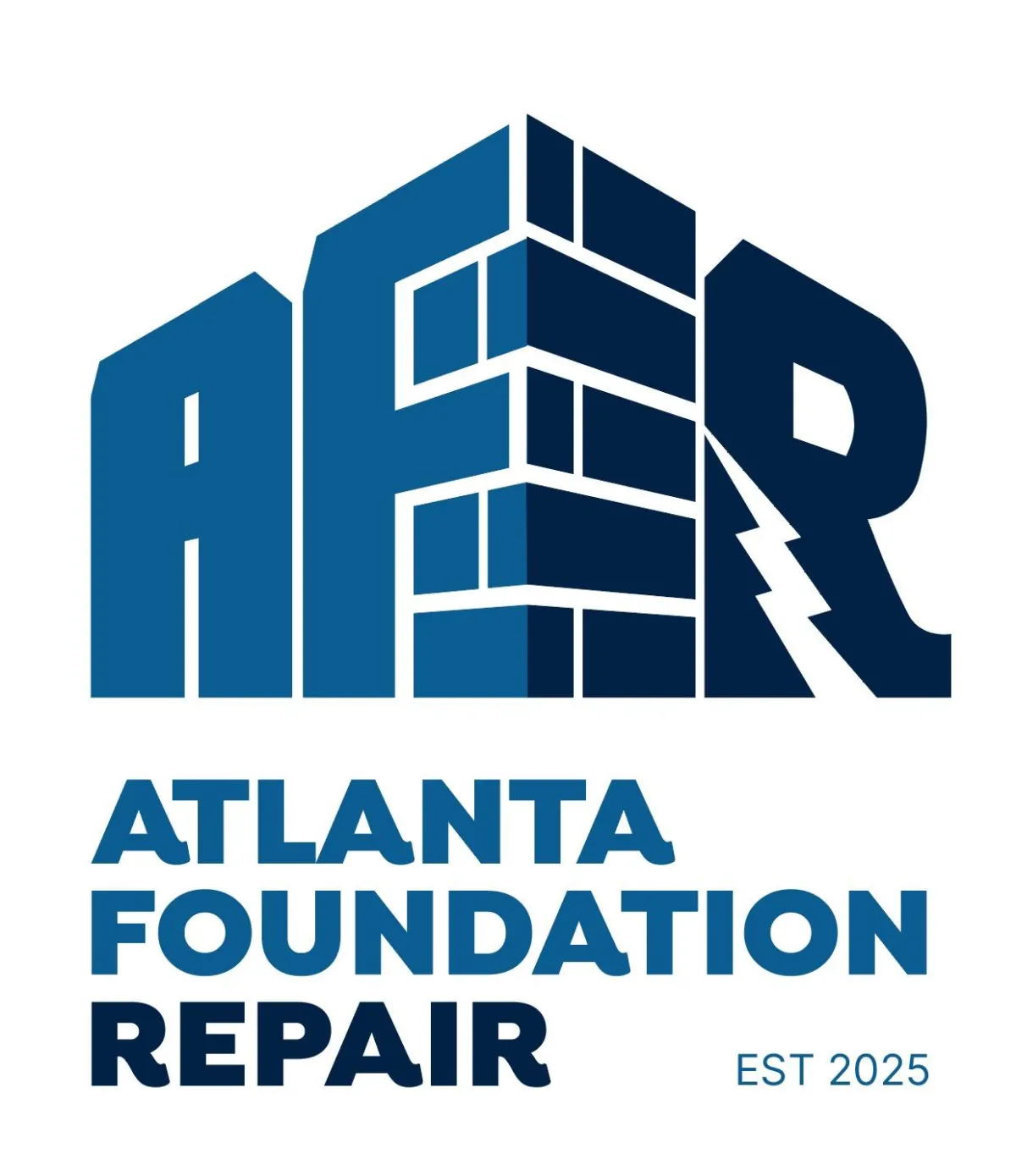Atlanta, GA
Cracked Foundation Walls in Atlanta, GA
Why Foundation Walls Crack
Foundation walls crack when the stresses acting on them—whether vertical loads from the house or horizontal forces from the soil—are greater than the wall’s strength. Cracks may form as the foundation settles, as the soil around the home shifts, or as the materials shrink and age. Some cracks remain small and stable, while others grow and indicate ongoing movement.
Types of Foundation Cracks and What They Mean
Different crack patterns tell different stories about the kind of stress the foundation is experiencing. Recognizing these patterns can help clarify what might be happening around the structure.

Vertical Cracks
Vertical cracks often arise from minor settlement or shrinkage of the concrete as it cures. They typically run straight up and down and may appear early in the life of the home.

Diagonal Cracks
Diagonal cracks that run at an angle, especially near corners, can indicate differential settlement—where one part of the foundation is moving lower than another. These cracks may widen toward one end.

Horizontal Cracks
Horizontal cracks are commonly associated with lateral pressure from the soil or water outside the wall. They can be a sign that the wall is under significant stress and at risk of bowing.

Stair-Step Cracks in Block or Brick
In block or brick foundations, cracks that follow the mortar joints in a stair-step pattern usually point to differential settlement or shifting soil beneath or beside the wall.

Map or Spiderweb Cracking
Fine, hairline cracks that form a network pattern across the surface typically relate to shrinkage or surface curing issues. They do not always indicate structural movement but can still allow moisture in.
Signs You May Have Cracked Foundation Walls
Cracked foundation walls reveal themselves through changes to both the foundation and the rest of the home:
Visible cracks of any type—vertical, diagonal, horizontal, or stair-step
Cracks that appear to be widening or growing over time
Discoloration or staining along crack lines, especially after rain
Water seepage or damp spots forming exactly where cracks are located
Efflorescence (white, chalky residue) emerging from cracks
Areas of the wall that look slightly bowed, bulged, or uneven
Pieces of concrete or mortar flaking off (spalling) near crack locations
Interior drywall cracks that line up with known foundation crack areas
Windows and doors near cracked walls becoming difficult to open or close
Gaps forming between walls and ceilings or between exterior walls and trim
Our Services
Helpful Links
Contact Information
Phone:
Business Hours:
Mon - Fri: 8:00 am - 5:00 pm
Sat - Sun : Closed
service areas
© 2025 All Rights Reserved | Atlanta Foundation Repair
